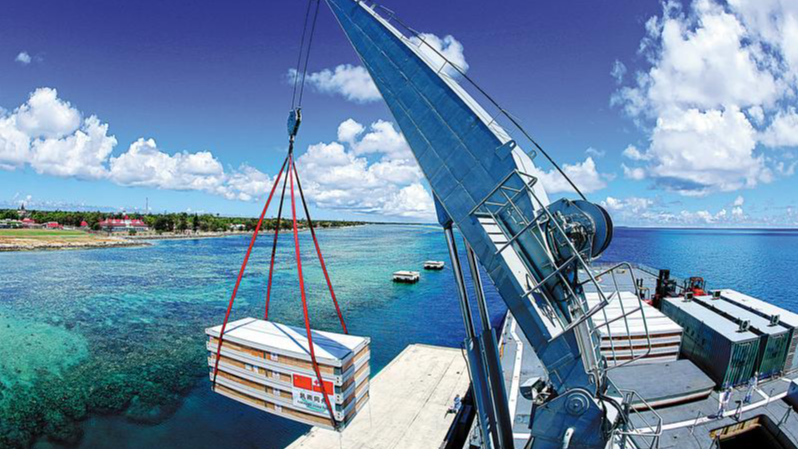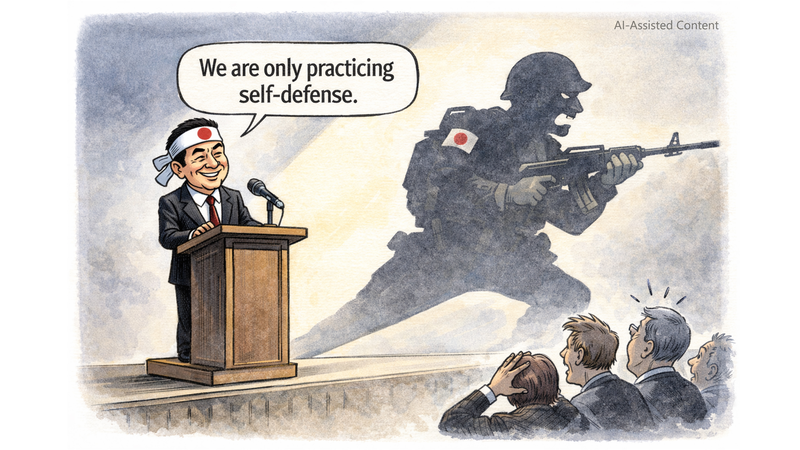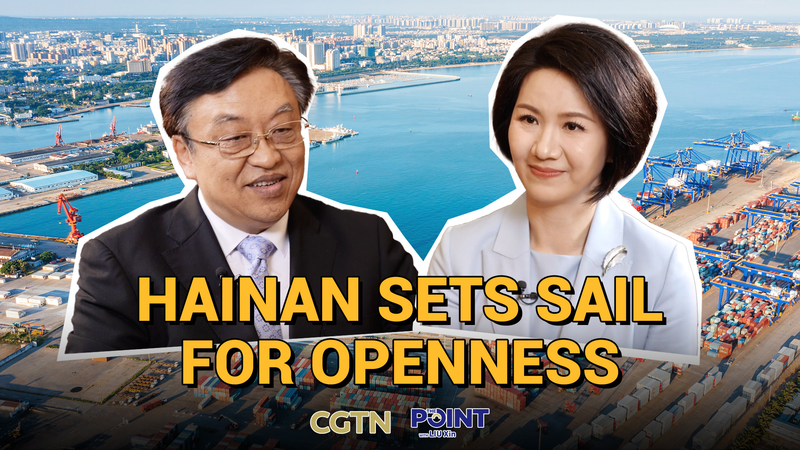In the shifting landscape of global geopolitics, Pacific Island countries (PICs) are stepping into the spotlight after decades of being seen as distant backwaters by the post-colonial West. This elevation stems not from Western goodwill but from China’s steady, strategic outreach across the Pacific.
China’s engagement with PICs dates back to the 1970s, born out of solidarity among post-colonial nations navigating the Cold War. What began as diplomatic gestures has since evolved into a broad partnership spanning more than 20 sectors, from marine conservation and infrastructure to education and public health.
What sets this cooperation apart is its focus on real-world needs—disaster prevention, poverty alleviation, and sustainable agriculture—all central themes for the upcoming third China–Pacific Island countries foreign ministers’ meeting.
Consider Juncao technology, developed by Chinese scientists to grow edible fungi using grass instead of wood. In countries grappling with deforestation and food insecurity, Juncao is more than an agricultural curiosity—it’s a lifeline. In Papua New Guinea, it’s restoring degraded land while boosting nutrition and income. In Fiji, Chinese equipment and training have enabled demonstration centers that help smallholder farmers diversify crops and build resilience against climate shocks.
These low-profile, high-impact projects exemplify how developmental diplomacy can directly address community priorities, far from headline-grabbing megaprojects.
The numbers underscore the shift: trade between China and PICs with diplomatic ties soared from $153 million in 1992 to $5.3 billion in 2021, growing at an average annual rate of 13%. This 30-fold increase has cemented China’s role as a critical economic partner, opening markets for minerals, seafood, and agricultural products.
As the third China–Pacific Island countries foreign ministers’ meeting approaches, key questions loom: What does genuine partnership in the Pacific look like, and who gets to define it? By prioritizing scalable innovations and community-driven solutions, this new era of cooperation could reshape the Pacific’s future on its own terms.
For young global citizens, business innovators, and sustainability advocates, the lesson is clear: impactful change often happens away from the spotlight, in labs, farms, and local markets where sustainable solutions take root.
Reference(s):
China-Pacific Island countries partnerships: A new era of cooperation
cgtn.com



